Are you a fan of baseball and have heard the term GIDP thrown around but have never been quite sure what it stands for? Have no fear – today we’re going to be discussing what GIDP stands for in baseball, and how an understanding of this statistic can help you become a more informed player or coach. Through this blog post, you will gain insight on why grounding out into a double play (GIDP) is such an important event in the game of baseball. Not only will knowing about GIDPs give your team additional perspective when playing, it also provides insight as to which players possess strong defensive-efficiency potential. Let’s dive into everything there is to know about GIDPs!
What Does GIDP Mean In Baseball Stats?
GIDP is an acronym for Grounded Into Double Plays and is measured as a statistic in the game of baseball. It’s an important stat to consider when evaluating players, as it can give insight into their offensive performance. A double play occurs when the batter grounds the ball to another fielder, who throws it to another fielder and then back to the first one before two base runners are able to safely make it back to their bases.
When this happens, both of these base runners are out and a single out is recorded. GIDP measures how often a player grounds into a double play situation in comparison with how many total plate appearances they have had during the season.
It is also important to consider the context of a player’s GIDP when evaluating them; for example, if they are an outstanding base stealer then it may be acceptable that they ground into more double plays due to the increased pressure on opposing teams to throw out runners trying to steal bases. [1]
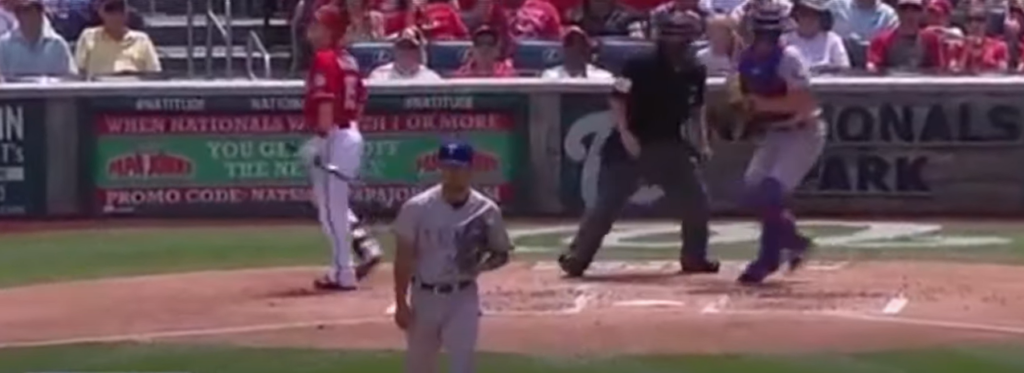
Who Has The Most GIDPS In Baseball?
The Major League Baseball record for most career GIDPs (Grounded Into Double Play) goes to Derek Jeter, who had 350 in his 20-year career. The American League record is held by future Hall of Famer Cal Ripken Jr., with 332 GIDPs. In the National League, Jeff Kent holds the GIDP record with 266 double plays grounded into.
In terms of active players, Chicago White Sox shortstop Tim Anderson leads MLB with 71 GIDPs, followed by Oakland Athletics second baseman Tommy La Stella (67). Los Angeles Dodgers third baseman Justin Turner has 65 and Kansas City Royals second baseman Whit Merrifield has 57 double plays grounded into 2020. Among pitchers, Los Angeles Angels veteran starter Trevor Cahill has the most GIDPs with 11 in 2020.
By understanding how often a player grounds into double plays, coaches and managers can better develop strategies and offensive approaches to avoid them. A high number of GIDPs can also be indicative of a batter’s inability to hit pitches with power or make good contact on inside fastballs. The more effective a hitter is at making contact and avoiding double plays, the more productive they will be as part of an offense.
Example Of Ground Into Double Play (GIDP)
A ground into double play (GIDP) occurs when a batter hits the ball on the ground and two defensive players are able to record outs as a result. One of the most common examples of a GIDP is when a batter hits a ground ball to the shortstop, who throws it to second base to get the lead out runner, and then that same throw gets relayed to first base for an additional out.
Other examples of GIDPs include hitting into force outs at third or home plate, or passing balls hit in front of home plate that cause runners to be thrown out going from one base to another. It is important to note that not all double plays involve grounding out; if any runner is caught stealing after contact with the ball, that is also counted as a double play.
No matter how it happens, a ground into double play (GIDP) is an important and useful out for any defensive team. It can quickly turn two base runners into no base runners, preventing runs and helping the pitching staff get through the inning efficiently. GIDPs are one of the major ways that defenses minimize damage at the plate and can be crucial to a team’s success on defense. [2]
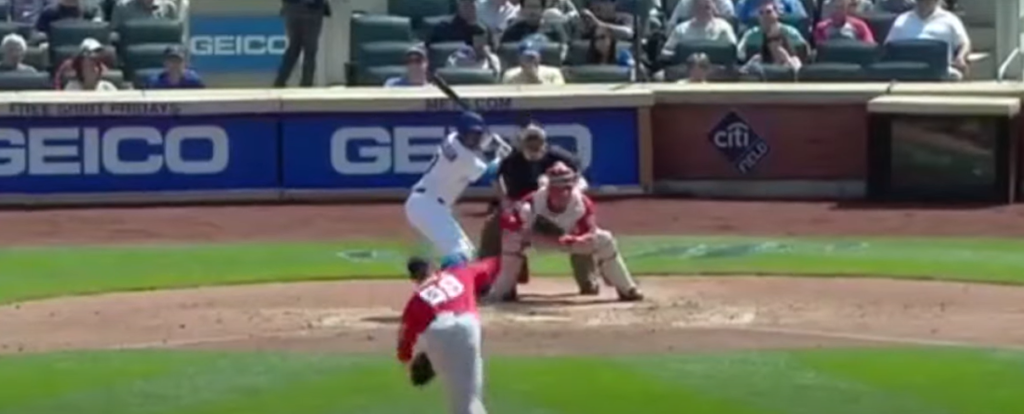
Why Is GIDP Important?
GIDP (Grounded Into Double Play) is an important statistic in baseball, as it gives a better understanding of how well batters can navigate innings. A GIDP occurs when a batter hits the ball and two outs are recorded with no base runners advancing farther than the base they started on. This is significant because double plays can be game-changing moments in a tight contest. It’s also considered to be one of the most controversial statistics in all of sports, as it not only affects the pitcher who gave up the hit but also any fielder involved in turning the double play.
Ultimately, GIDP is important because it provides insight into how well players can avoid double plays and directly impacts a team’s chance to score runs – two critical components to winning games. Therefore, when evaluating players and teams it’s important to take this statistic into consideration in order to truly understand the capabilities of the hitters and fielders involved.
What Is The Rarest Hit In Baseball?
The rarest hit in baseball is known as the grand slam of a triple play, also called GIDP (Grand Infield Double Play). This base hit requires four defensive players to be involved: the shortstop, second baseman, first baseman, and third baseman. The ball must be put into play quickly enough for all four infielders to touch it before an out is recorded. If successful, this will result in two outs being recorded simultaneously. It’s one of the most rare and exciting feats that can occur on a baseball field. In fact, since 1876 only 14 have occurred in Major League Baseball history!
At any given time, there are hundreds of thousands of people playing recreational baseball across the US – but to witness a GIDP is a rare treat. It’s a feat that requires skill, quick thinking, and luck to pull off. If you’re lucky enough to witness one of these plays in person or on television – you’ll be sure to remember it for the rest of your life! [3]
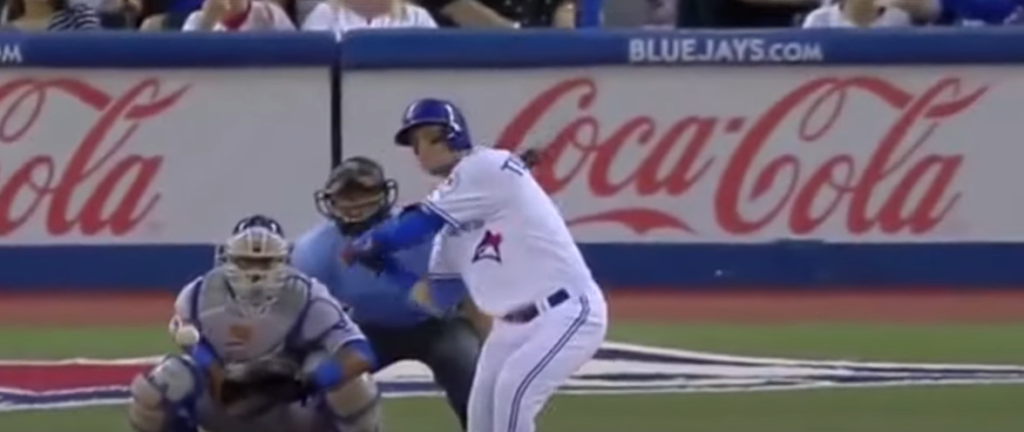
How Rare Is No-Hitter?
No-hitters are incredibly rare and particularly special in the world of baseball. A no-hitter is when a pitcher allows no hits over the course of an entire game. According to Statista, between 1901 and 2020, only 303 no-hitters have been thrown in Major League Baseball. That means that out of over 212,000 games played, there was only one chance in 700 for a team to experience a no-hitter! The rarity of this feat has made it one of the most sought after accomplishments among pitchers in professional baseball.
In addition, when a pitcher throws a no hitter, they also typically get awarded with some kind of recognition or award from their team or league. This makes throwing a no hitter even more special and even more of an accomplishment. It is truly a remarkable feat to witness in professional baseball, and it can make for some very exciting games! So, the next time you watch a game of baseball, keep an eye out for a no hitter – it could be your lucky day!
What Does SS Mean In Baseball?
In baseball, SS stands for Shortstop. This is a position on the field that is typically located between second and third base. The main responsibility of the shortstop is to catch balls hit near him, as well as making routine fielder’s choices or throwing out runners attempting to steal bases. The shortstop must have excellent reflexes, agility and quickness in order to make plays on grounders in his vicinity. Additionally, a shortstop should be able to play both sides of the infield, meaning he can play deep behind second base, closer towards first and all points in between.
A good shortstop will also be an adept hitter who can help add production to the team’s offense. Players such as Derek Jeter and Omar Vizquel are some of the best to ever play shortstop and are considered legends of the game. Whether it’s making a leaping catch or turning a double play, when a team has an excellent shortstop, they are typically in good hands. [4]
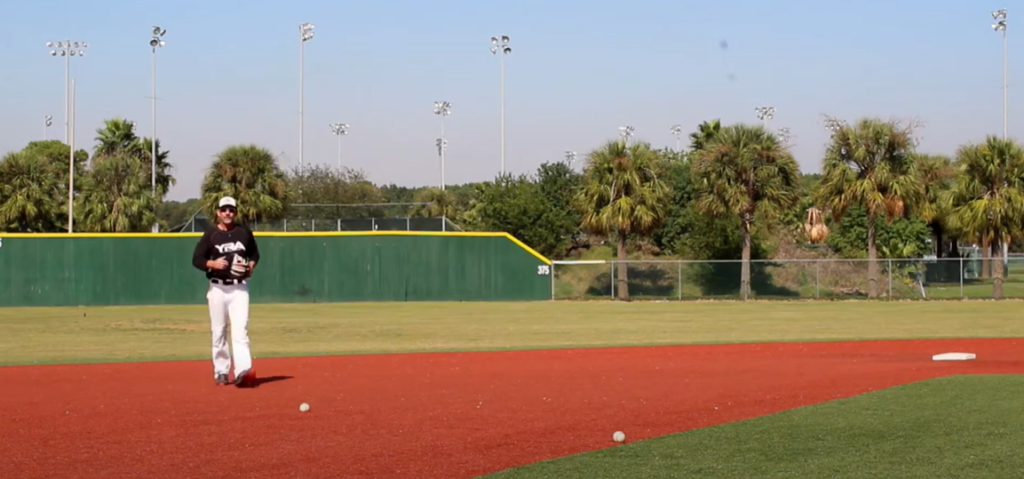
What Does TB Mean In Baseball?
TB is an acronym that stands for Total Bases in baseball. This statistic measures the number of bases a player accumulates by hitting singles, doubles, triples, and home runs. The higher the total bases accumulated, the more successful the batter was at driving in runners and scoring runs himself.
Total bases are often used to compare a player’s performance from one season to another or from one game to another. For example, if a player has two hits in each of his last four games, but only collected three total bases in his last game compared to nine total bases in his previous game, it could be said that he had an off night. Total Bases is also commonly abbreviated as TBs.
Overall, Total Bases is an important statistic in baseball that can be used to measure and compare players’ offensive production from one game or season to another. It can also help identify which areas of offense are strengths or weaknesses for a particular player. As such, understanding what TB and TBA stand for in baseball is essential for anyone looking to gain insight on a player’s performance.
What Does RISP Mean In Baseball?
RISP, or Runners In Scoring Position, is a statistic used to measure the success of a batter when at bat with runners in scoring position. This means that any time there are runners on second or third base and the batter comes up to bat, RISP will be used to track their performance. The stat can also be referred to as batting average with runners in scoring position (BA/RISP).
A high RISP percentage indicates that the batter is effective in driving in runs from those positions, while a low RISP could suggest they are struggling in such situations. High-profile players who often have higher BA/RISPs include top power hitters like Mike Trout and Giancarlo Stanton. Knowing how well batters fare in scenarios with RISP can be a good indicator of how likely they are to drive in runs when given the opportunity.
RISP is a useful statistic to evaluate hitters and should not be overlooked, as it can give valuable insight into the efficacy of batters under pressure or while batting with runners already on base. When evaluating a player’s performance, performing their BA with/ runnersR inISP is scoring position can be an important factor when examining factor players that should be taken overall into consideration of effectiveness. [5]
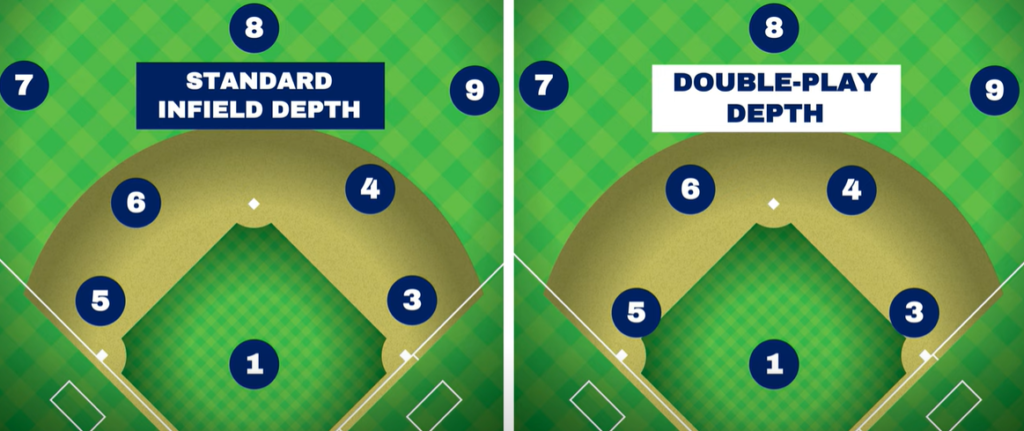
FAQ
Who has the most GIDP in MLB history?
The MLB leader in GIDP is Hall of Famer Omar Vizquel, with 350 Grounded into Double Plays. He was closely followed by Lou Whitaker (348), Dave Concepcion (344) and Craig Biggio (343).
What is an unassisted GIDP?
An unassisted GIDP occurs when a runner is thrown out trying to advance from one base to another without the help of a teammate or fielder. This type of play requires the fielder to make two outs on his own- fielding the ball and tagging the runner.
How does a GIDP affect batting averages?
A GIDP affects batters’ batting averages in that it counts as an at-bat but not as a hit. Therefore, GIDPs lower a player’s batting average. However, they do not appear on the stat sheet explicitly and are instead hidden within the at-bat total.
What’s the difference between a GIDP and a double play?
The main difference between GIDP and a Double Play is that in order for an out to count as a GIDP, the runner must be attempting to advance from one base to another when he is thrown out; this does not necessarily have to happen in a double play. Additionally, in order for it to be considered an unassisted GIDP, the fielder must make two outs by himself – fielding the ball and tagging the runner.
What does TB mean in baseball?
TB stands for total bases, which is a statistic calculated by adding the number of singles, doubles, triples, and home runs hit by a batter. It is generally used to measure offensive production and power hitting. What other stats are associated with GIDP?GIDP can be related to other statistics such as at-bats (AB), runs batted in (RBI) and batting average (BA). Oftentimes GIDPs occur during an AB or RBI opportunity and thus lower those numbers. Additionally, GIDPs lower a player’s BA because it counts as an out but not as a hit.
What is an SH in baseball?
SH stands for sacrifice hit, which is a batting statistic in baseball. A sacrifice hit occurs when a batter hits the ball to the outfield and it results in an out but also moves a runner from one base to another. This is often done intentionally, so that the batter sacrifices themselves getting an out in order to move another player closer to home plate. Sacrifice hits are not counted as at-bats, meaning they do not count toward a player’s batting average. They do however contribute to their RBI (runs batted in) since it enables other players on base to score runs. Sacrifice hits are typically recorded under the “SH” column in baseball scorekeeping sheets.
What is the rarest hit in baseball?
The rarest hit in baseball is an unassisted triple play, which occurs when a defensive player catches a batted ball and successfully throws out three runners without help from the other players on the field. This event is so rare that there have only been 15 such plays since 1901.
What does SS mean in baseball?
SS stands for shortstop, which is a defensive position in baseball. Shortstops typically play between second and third base, covering the area between both bases. They are responsible for fielding ground balls and catching pop flies that come within their range of field, as well as throwing to other infielders or first base when needed. As such, shortstops must be agile and have good arm strength in order to reach difficult balls and make quick throws. The shortstop is often considered one of the most important defensive positions in baseball due to their role on the field.
Useful Video: What’s a 6-4-3 Double Play? Baseball’s Position Numbers
Conclusion
In conclusion, GIDP stands for Grounded Into Double Play in baseball. It is a statistic that is used to measure the number of times an offensive player grounds into a double play while batting. This statistic can be used to compare the defensive and offensive abilities of players, as well as the overall efficiency of teams. As one of the many interesting statistics tracked in the game of baseball, GIDP provides insight and information about teams and players’ performance on both sides of the ball. With so much data being tracked each season, it is helpful to understand what this stat means and how it can be utilized to better understand baseball performances.
For these reasons, GIDP has become an invaluable tool for understanding team and player performance in the game of baseball. It is an important statistic to be aware of, as it can provide valuable insights into how players and teams are performing on both sides of the ball. Knowing what GIDP stands for and how it is used can help give a better understanding of the game and provide invaluable insight into player and team performances.
References:
- https://www.sportslingo.com/sports-glossary/g/ground-into-double-play-gidp/
- https://baseballscouter.com/what-is-gidp-in-baseball/
- https://slang.net/meaning/gidp
- https://wezen-ball.com/what-is-ground-into-double-play-in-baseball/
- https://www.baseball-reference.com/bullpen/Grounded_into_double_play





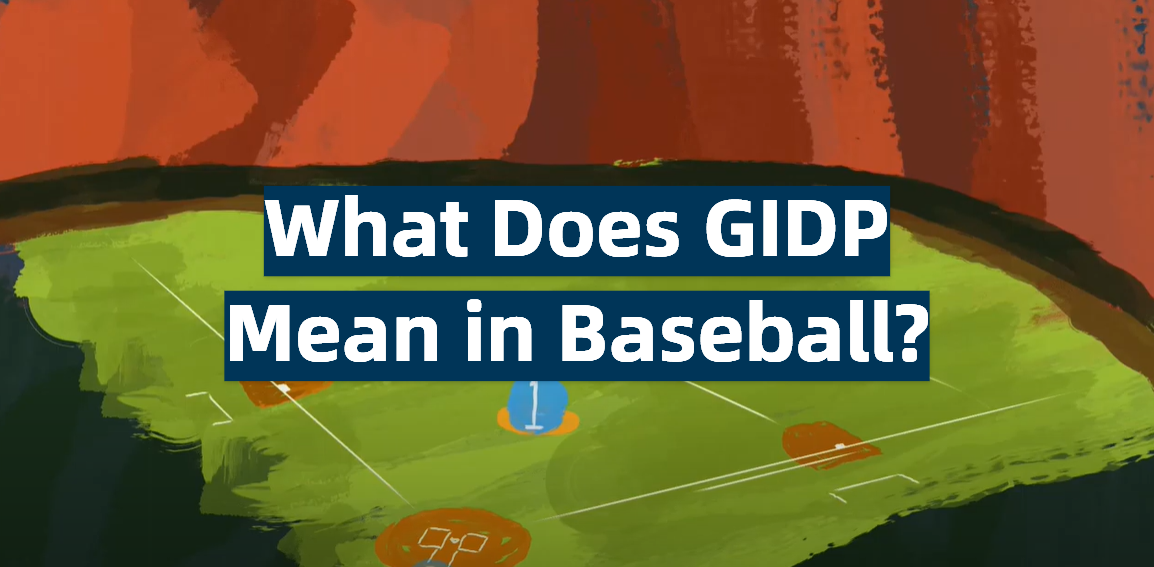
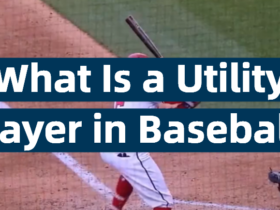
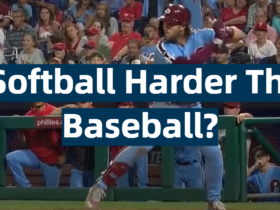

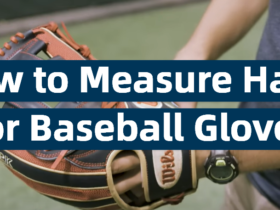
Leave a Review